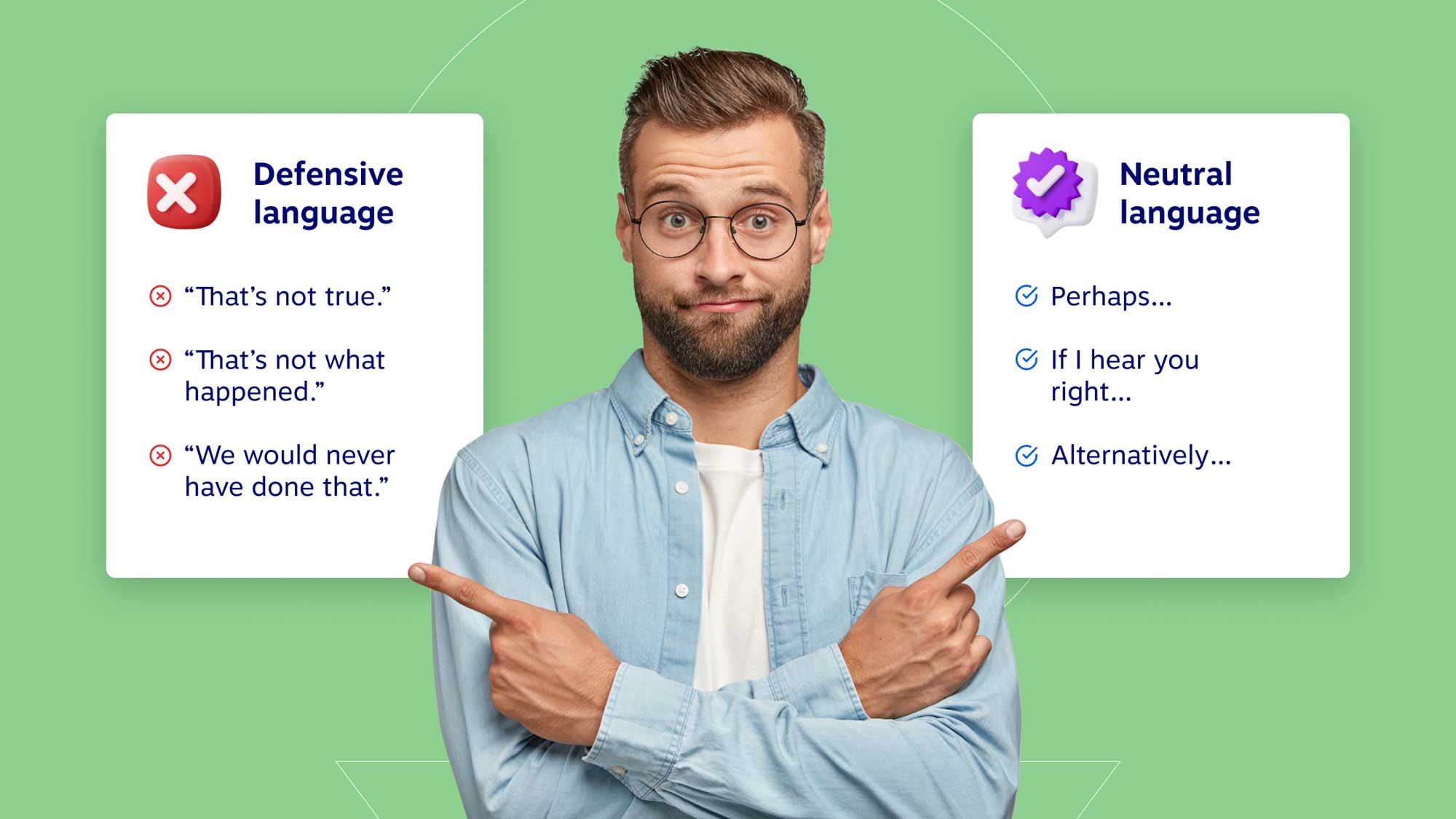

When it comes to customer service, not every interaction is a walk in the park. Wouldn’t it be nice to have some useful customer service scripts on hand?
There’s no way of knowing the stress or problems a customer may be facing in their day before they pick up the phone to call a business, making the job of a customer service rep all the more challenging.
Because no two customers and interactions are the same, it’s important to prepare your team to navigate every kind of customer conversation. And while the best types of customer interactions include personalization and empathy on the part of the representative, it can be helpful to have scripts on hand for when agents find themselves in an emotional or tricky situation.
This post will provide you with customer service scripts to help you navigate twenty-four different situations.
Customer service scripts are predefined dialogues or guidelines used by customer support representatives to handle various customer interactions. They are particularly useful during difficult situations a contact center rep may experience on the job, such as not knowing the answer or talking with an angry customer.
Practicing how to respond when faced with a strange ask or an upset customer can help a support agent feel more confident when they find themselves in such scenarios.
Additionally, using a customer service call script in training can help agents develop crucial customer support skills like conflict resolution, listening, empathy and self-control.

The real-life scenarios that call center scripting revolves around can be used for ongoing training as a way to role-play tricky conversations or difficult customer complaints.
These scripts help ensure consistency, efficiency, and quality in customer service by providing a structured approach to responding to common inquiries and scenarios.
These are the key aspects of customer service scripts:
Now, let’s get on to the customer service scripts!
Here are twenty-four example customer experience scenarios and suggested scripts for dealing with them.
While you may be tempted not to respond to negative feedback about your business on social media, data shows that consumers expect a response when they take their issue online. According to ReviewTrackers, 53% of consumers expect businesses to respond to their negative reviews within seven days.
When replying to a customer who had a negative experience, here are a few tips to keep in mind:

Here’s an example of a script you could use when replying online to negative customer feedback:
It may also be a good idea to have a dedicated social media team with a specific handle (like “customer satisfaction”) that responds to customer complaints. This helps make replies more uniform and keeps better track of both positive and negative interactions.
Here are a few brands’ social media support handles: @NikeSupport, @AmazonHelp and @SpotifyCares